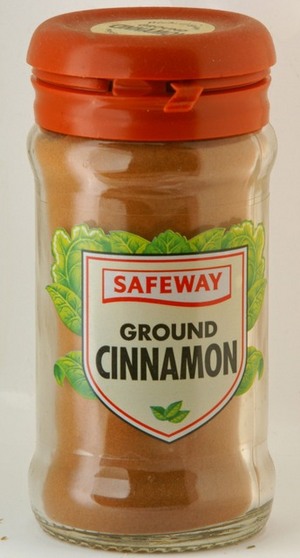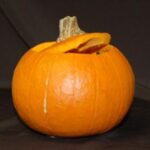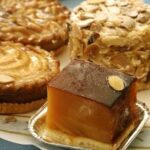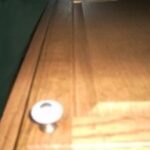Fall is the season of warm and spicy colors to warm and spicy foods. One of my favorite flavors of the autumn season is cinnamon. It reminds me of apple cobbler, apple pie, cinnamon cake, pumpkin pie and so many more traditional homemade foods. It comes originally from Asian as far back as 4,000 years ago and holds a permanent position in many American’s spice cabinets. A few years ago I talking to a friend that was going through culinary school, I learned at that time what many people have in their spice cabinet is most likely not cinnamon.
This topic of mock cinnamon had not crossed my mind for years, until I heard from America’s Test Kitchen (my favorite PBS cooking show) the same information that was passed down from my friend – that real cinnamon usually is not used in America. America’s Test Kitchen reassured that this “cinnamon” that I have in my kitchen may not be the cinnamon that I have fallen in love with all these autumn seasons. In fact, the “cinnamon” that is really being sold and used in America is a close cousin of the true deal.
When the Egyptians first purchased cinnamon from Asia all those years back, it was made from a tropical evergreen tree called Cinnamomum zeylanicum. One thing that I did not know was that the real cinnamon such as first sold in Asia has grown in cost throughout the last 100 years and hence it has not been available in America for those 100 years. Apparently, European scientists found that cinnamon has a healing power and works great for medicinal uses; hence the popularity has grown along with the price. The price grew so much in fact that it has not been purchased in America for 100 years. So, unless you had cinnamon over 100 years ago, you may have never tasted the real deal. Or, if you were like me you have tasted real cinnamon while living abroad in Asia where it is much cheaper to purchase.
So you ask, “What are we eating?” Well, there is an imported tropical evergreen that is much cheaper called Cinnamomum cassia. This special type of cinnamon is much stronger with a fuller body than the original cinnamon that is actually 100% cinnamon. The cost of this cinnamon cousin is much cheaper because it grows in more than one area and has a number of different cassias that can be used. Consumers have not recognized this though since real cinnamon has not been sold in America for years and since it has the same appearance as the 100% real cinnamon. Some brands will state which type of cinnamon tree it is from on the bottle however most do not.
With this in mind, America’s Test Kitchen has taken control of the situation and taste tested fake cinnamon versus the real cinnamon. The taste testing included one real cinnamon sample and ten cousin cinnamons most popular in grocery stores which are from Indonesia, Vietnam and China. Five of these ten fake cinnamons were from major supermarket brands and five were from major American spice houses. The taste test only included ground cinnamon, not sticks.
There were three tastes with three results:
Taste Test #1. Taste testing at Peter Kump’s New York Cooking School which had 20 taste testers testing the appearance and aroma of each sample plain and also tasted a strong dose of each in apple sauce. These testers found that the real cinnamon was slightly medicinal or chalky with notes of citrus and clove.
Taste Test #2. Taste testing in Cook’s test kitchen which had 20 taste testers testing the appearance and aroma of each sample plain and also tasted a strong dose of each in apple sauce. These testers found that the real cinnamon was slightly medicinal or chalky with notes of citrus and clove.
Taste Test #3. Finally, nine members of the Cook’s editorial staff tasted the various cinnamons in cinnamon icebox cookies and in applesauce. Unfortunately the taste testers found that the cookies did not work out because the other dominating ingredients were over-powering the judgment on the cinnamons.
The final decision was that the real cinnamon has been gone too long in the American kitchens to still be enjoyed as much as the cousin to it. In fact, most taste-testers found it was not “cinnamon-y” enough. I found this the same when I had cinnamon in Japan and South Korea. The Chinese winner was Chinese cassia ordered from Penzeys. In fact, this won first place among all the taste testers. The second favorite sample was a Vietnamese cassia which is called McCormick/Schilling Premium cinnamon. The cinnamon of choice from Indonesia Cassia was Korintje cassia. Two of the mail order and two of the grocery store brands were preferred over the others, so it really does not matter where it is purchased.
So, in reality we as Americans are not eating and drinking real cinnamon with our favorite fall foods. Even though this is a fact, our American taste-buds have grown in favoritism for the cousin of the popular European medicinal ingredient of cinnamon; we would rather prefer to have the fake cinnamon for its strong and full body taste.






